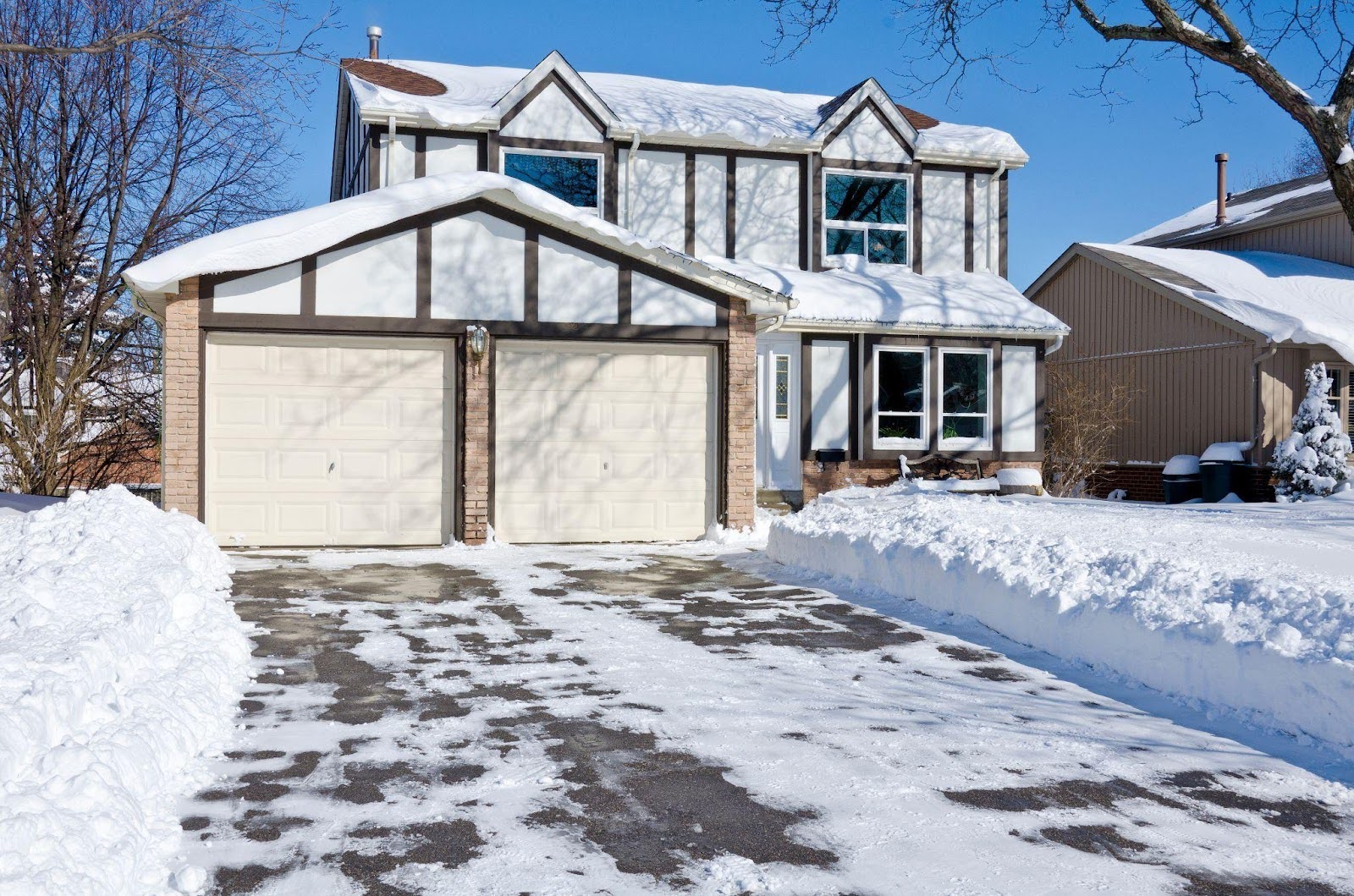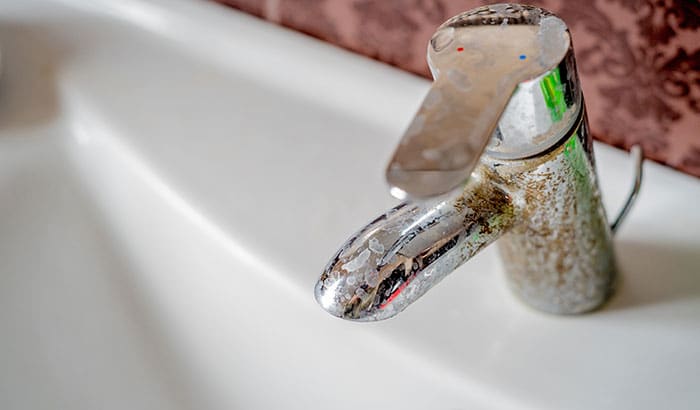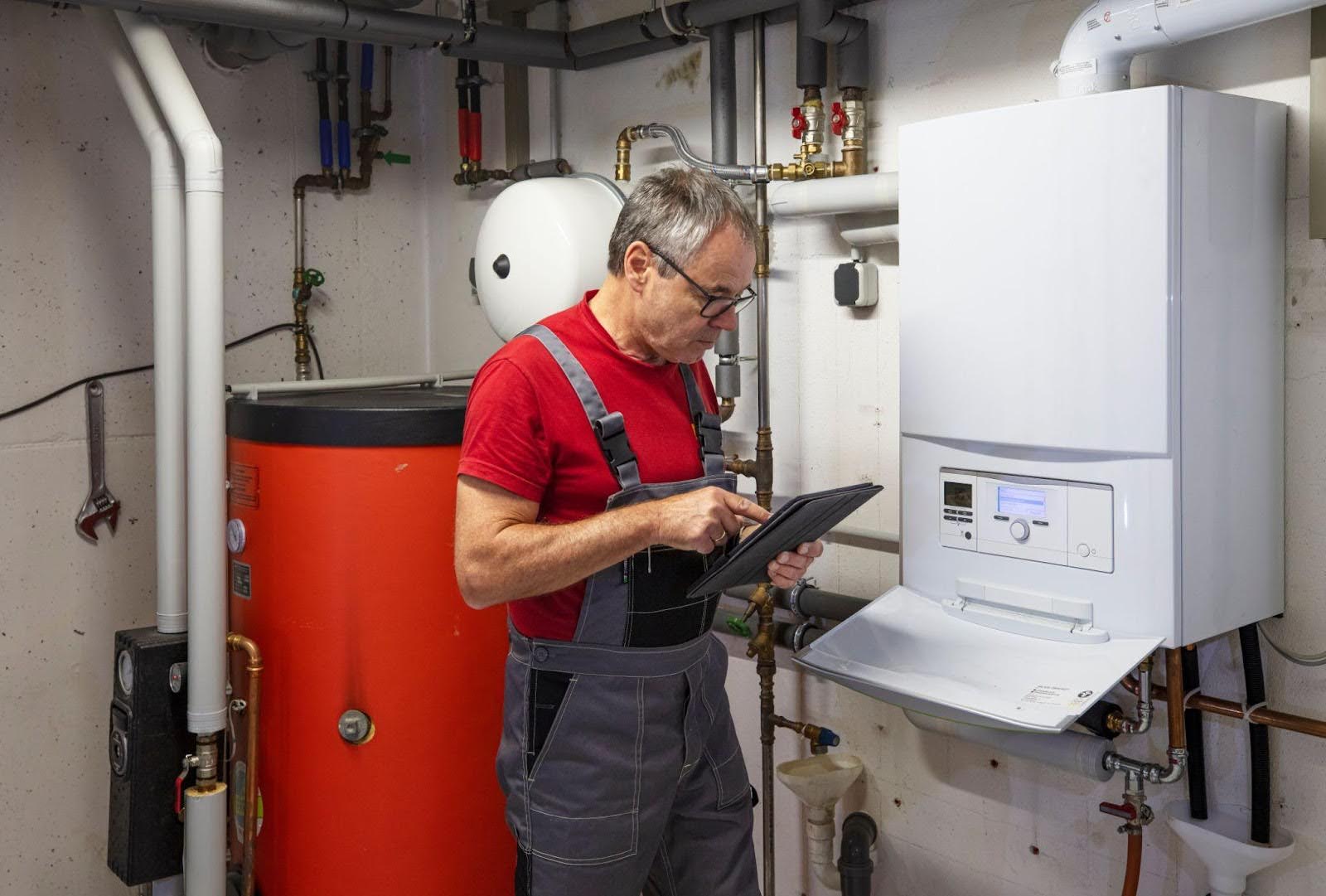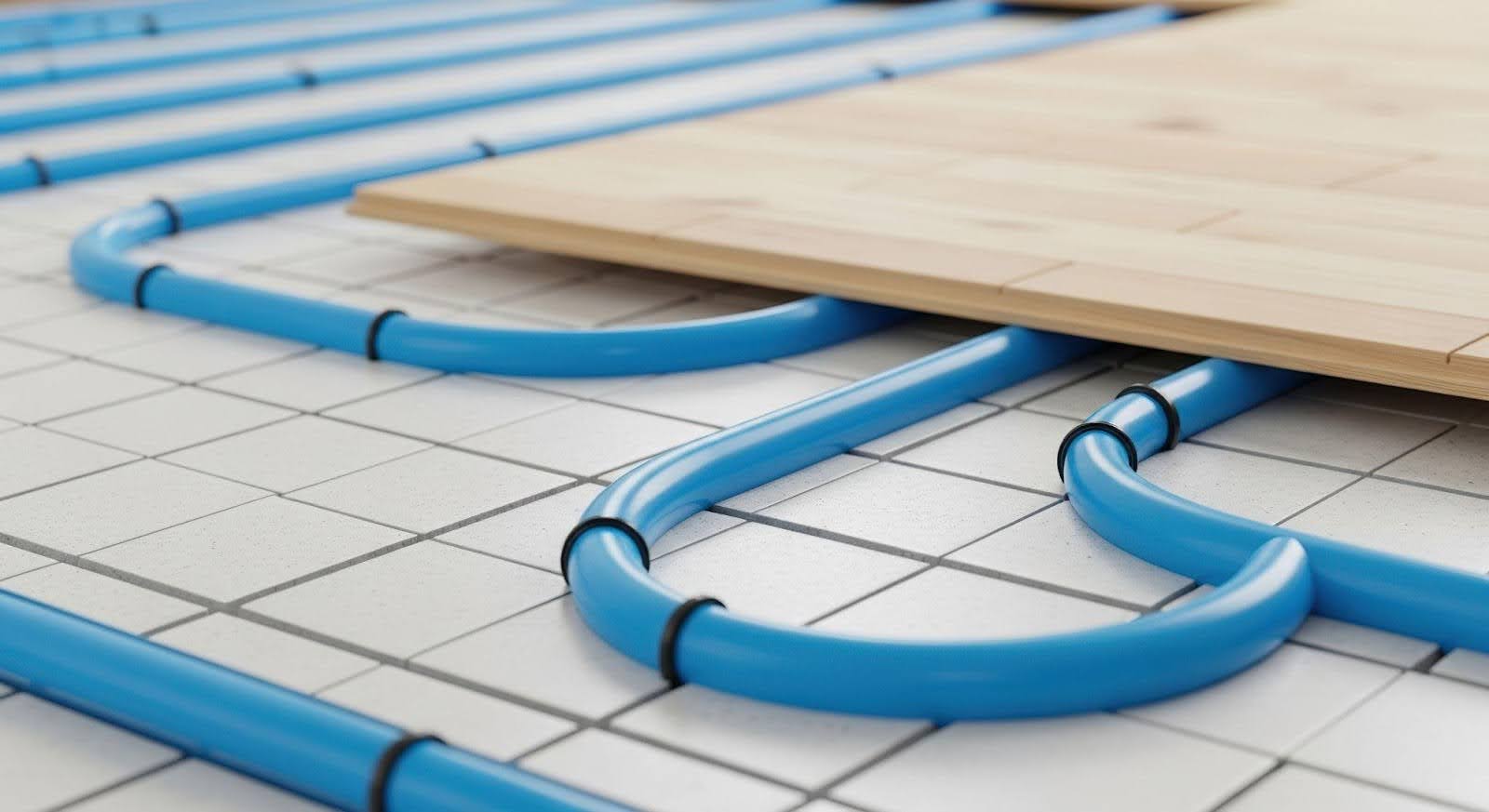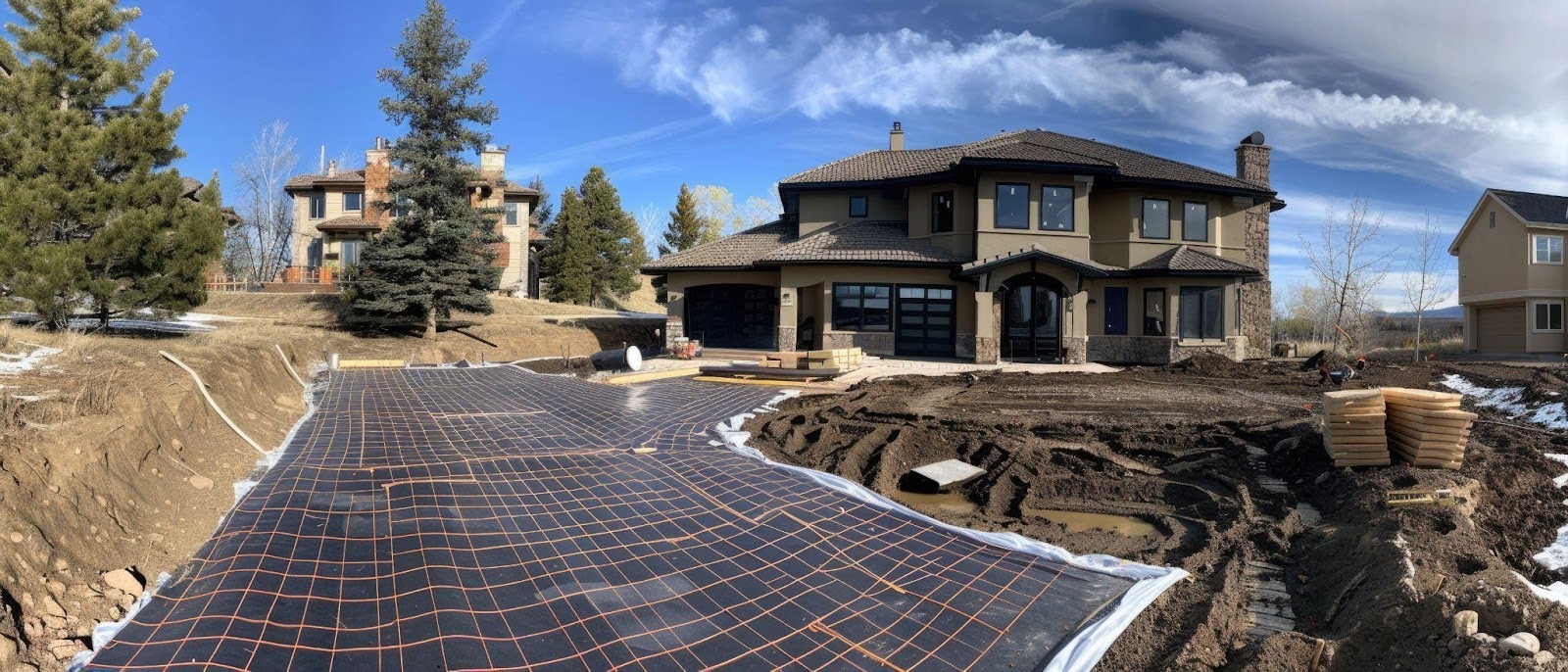Winter brings unique challenges, especially when it comes to maintaining safe and accessible driveways. Snow and ice accumulation turn your driveway into a hazardous slip-and-slide, complicating daily activities and increasing the risk of accidents. Homeowners often shovel snow, spread salt, or hire snow removal services, which consume valuable time and money.
Amid these winter woes, driveway snow melt systems offer a practical solution. These innovative systems work tirelessly beneath the surface to keep your driveway clear of snow and ice, allowing you to easily manage winter’s icy grip. Imagine stepping out of your home to find a clear path, free from the backbreaking labor of snow removal.
This blog evaluates the investment in a driveway snow melt system. We will explore its benefits, costs, and maintenance needs to help you determine if this winter preparation tool is a worthwhile addition to your property.
Whether you face heavy snowfall regularly or seek peace of mind with proactive winter management, understanding the value of a snow melt system will guide your decision-making.
Understanding driveway snow melt systems
A driveway snow melt system provides an innovative heating solution that prevents snow and ice accumulation on driveways. These systems generate heat beneath the driveway surface, melting snow on contact and ensuring a safe, clear path throughout winter. Homeowners enjoy hassle-free access to their property without worrying about icy conditions.
Choose between two primary types of driveway snow melt systems: electric and hydronic. Electric systems use heating cables or mats installed directly under the driveway surface. When activated, these cables heat up quickly, delivering immediate warmth to melt snow and ice.
Many homeowners appreciate the straightforward installation process, as electric systems generally require less infrastructure.
On the other hand, hydronic systems circulate a heated liquid — usually a mixture of water and antifreeze — through pipes installed beneath the driveway. These systems typically offer better energy efficiency, making them ideal for larger areas or commercial properties.
While installation may be more complex and labor-intensive due to plumbing connections and additional components, hydronic systems provide consistent heating across expansive surfaces.
The installation process for both systems begins with assessing the driveway’s condition and layout. For electric systems, contractors lay heating cables or mats on a prepared base before pouring concrete or asphalt.
In contrast, hydronic systems require careful placement of tubing, followed by similar steps for driveway resurfacing. Regardless of the type chosen, professional installation ensures optimal performance and longevity of the system.
Understanding these differences and processes empowers homeowners to make informed decisions about the best driveway snow melt system for their needs. With either option, you will embrace winter with confidence, knowing your driveway will remain clear and safe.
Benefits of a driveway snow melt system

Safety
A driveway snow melt system significantly enhances safety by reducing the risk of slip-and-fall accidents. With this system in place, snow and ice melt automatically, keeping your driveway clear and creating a safe environment for residents and visitors.
By eliminating the hazards of winter weather, you ensure that everyone navigates your property without worrying about slipping on icy surfaces.
Convenience
Imagine never needing to shovel snow again. A driveway snow melt system offers ultimate convenience during harsh winter months. Equipped with automatic activation features, these systems spring into action when they detect snow or freezing temperatures, saving you from the time-consuming task of manual snow removal.
Enjoy a clear driveway without the physical effort, allowing you to focus on what truly matters during winter.
Property protection
Installing a snow melt system protects your driveway from ice buildup, which leads to cracks and damage over time. By preventing ice formation, these systems help maintain the integrity of your driveway and prolong its lifespan.
Additionally, using a snow melt system reduces your reliance on corrosive de-icing chemicals, safeguarding not only your driveway but also the surrounding landscaping and environment.
Increased property value
Investing in a driveway snow melt system enhances your property’s appeal and marketability. Homebuyers increasingly seek features that offer convenience and safety, and a snow melt system fits the bill. This modern amenity sets your property apart from others, making it a more attractive option in the competitive real estate market.
Ultimately, potential buyers appreciate the added value of a home equipped with a snow melt system, contributing to higher resale values and quicker sales.
Embracing the benefits of a driveway snow melt system transforms your winter experience, ensuring safety, convenience, and long-term value for your property.
Cost considerations
Initial installation costs
When you consider a driveway snow melt system, understanding the initial installation costs becomes crucial. These costs vary based on the type of system — electric or hydronic — as well as the size of your driveway and the complexity of the installation process.
Electric systems typically offer lower upfront costs because they involve laying heated cables or mats directly beneath the driveway surface.
Hydronic systems, which circulate heated fluid through pipes, often require more extensive groundwork and materials, resulting in a higher installation price.
Be sure to factor in potential retrofitting expenses if you plan to install a snow melt system in an existing driveway.
Long-term savings
Investing in a snow melt system leads to substantial long-term savings. First, you eliminate the recurring costs associated with snow removal services, which quickly adds up, especially in regions that experience heavy snowfall.
With a system that automatically melts snow and ice, you no longer need to hire professionals or rent equipment to keep your driveway clear.
Additionally, you may notice decreased liability insurance premiums. By reducing the risk of slip-and-fall accidents on icy surfaces, insurance companies may lower your rates, rewarding you for enhancing safety on your property.
Cost vs. benefits analysis
Weighing the installation costs against the long-term benefits reveals a compelling argument for investing in a driveway snow melt system. While the initial expenses may seem significant, consider the money you save on snow removal and reduced insurance premiums over time.
Also, factor in the convenience of not having to shovel snow and the safety benefits for residents and visitors. The added property value and enhanced curb appeal contribute further to the overall worth of the investment.
By conducting a thorough cost vs. benefits analysis, you will make an informed decision about whether a driveway snow melt system aligns with your budget and lifestyle needs.
Maintenance and care for snow melt systems
Understanding maintenance requirements
To keep your driveway snow melt system running efficiently, you must understand the maintenance requirements for both electric and hydronic systems. Electric snow melt systems generally require less upkeep than hydronic systems.
Regularly inspect the electrical components, including wiring and connections, for signs of wear or damage. Test the heating cables to ensure they function properly, and check for any obstructions that may block heat transfer.
Hydronic systems involve more intricate maintenance. Regularly check the piping for leaks and ensure the boiler operates efficiently. Monitor the fluid levels in the system and flush it periodically to remove sediment that accumulates over time. Additionally, inspect the pumps and valves to confirm they operate smoothly, allowing heated fluid to circulate effectively.
Tips for optimal performance and longevity
To ensure your snow melt system performs optimally and lasts longer, adopt a proactive maintenance approach. Start by keeping the driveway surface clear of debris, such as leaves, snow, and ice that obstructs the system’s effectiveness. This simple task helps the system melt snow more efficiently and prevents unnecessary strain on the components.
Schedule regular professional inspections to identify and address potential issues before they escalate. An expert assesses the electrical and hydronic systems, providing peace of mind that everything operates as it should.
Additionally, consider investing in a programmable timer or smart controls. These features allow you to customize the system’s operation based on weather patterns, ensuring it activates when necessary while conserving energy.
By understanding the maintenance requirements of your snow melt system and implementing these tips, you will enjoy reliable performance and extend the lifespan of your investment, making winter conditions much more manageable.

Salisbury Plumbing — driveway snow melt systems experts
Investing in a driveway snow melt system enhances your winter experience, providing safety, convenience, and property protection. With the right system in place, you eliminate the hassle of manual snow removal while ensuring your driveways and walkways remain clear and accessible throughout the cold months.
To make the most of this investment, consider consulting with professionals who specialize in snow melt systems. Salisbury Plumbing is a trusted provider with extensive expertise in both electric and hydronic installations.
Our knowledgeable team will guide you through the selection, installation, and maintenance processes, ensuring your snow melt system operates efficiently for years to come.
Don’t let winter weather disrupt your daily life. Contact Salisbury Plumbing today and take the first step toward a safer, more convenient winter season.
situs hk toto slot toto slot slot thailand situs slot gacor toto togel toto slot slot online situs toto situs togel bento4d login toto slot situs gacor toto slot toto slot toto togel situs toto data macau bento4d slot gacor hari ini slot gacor

